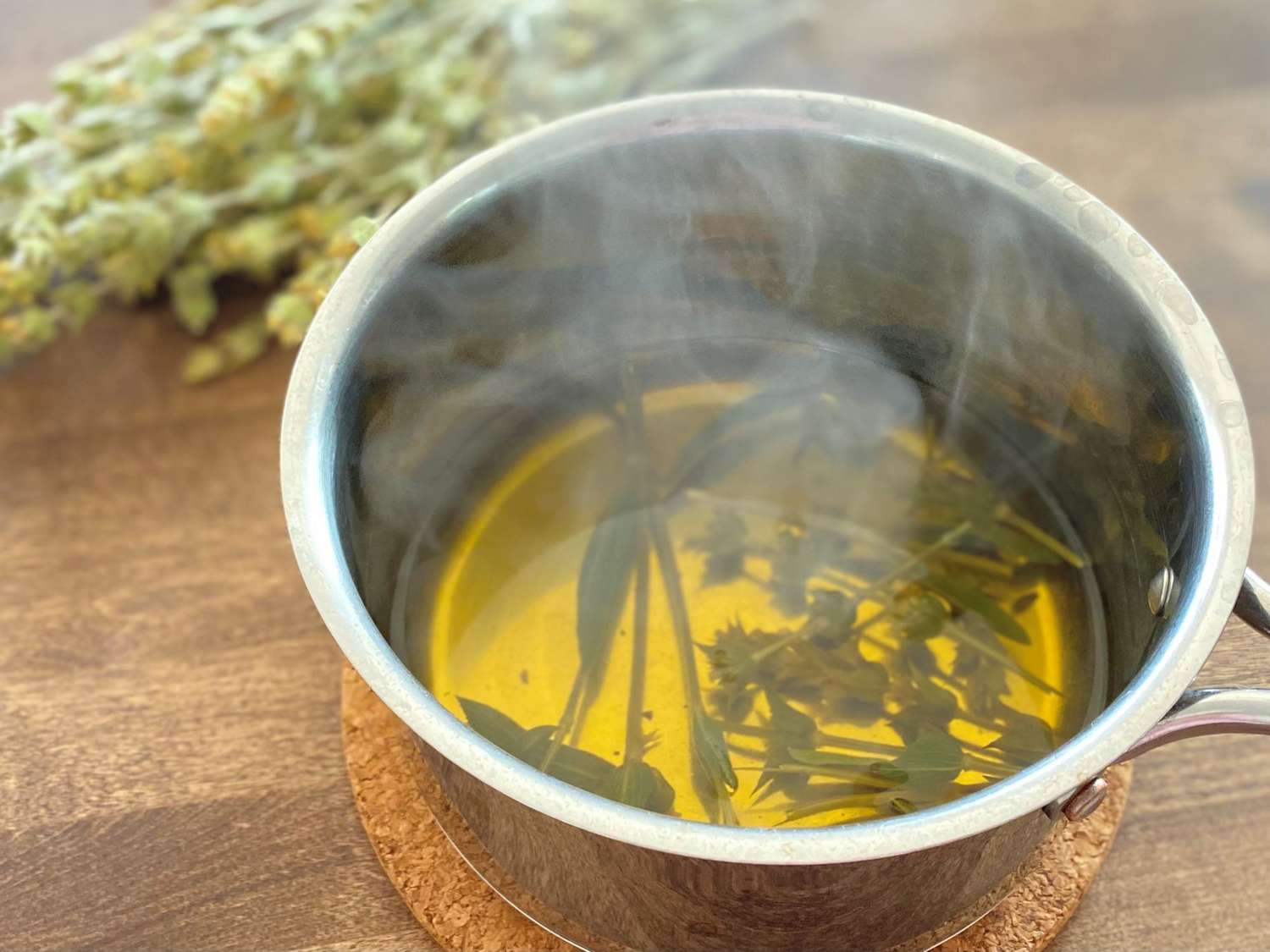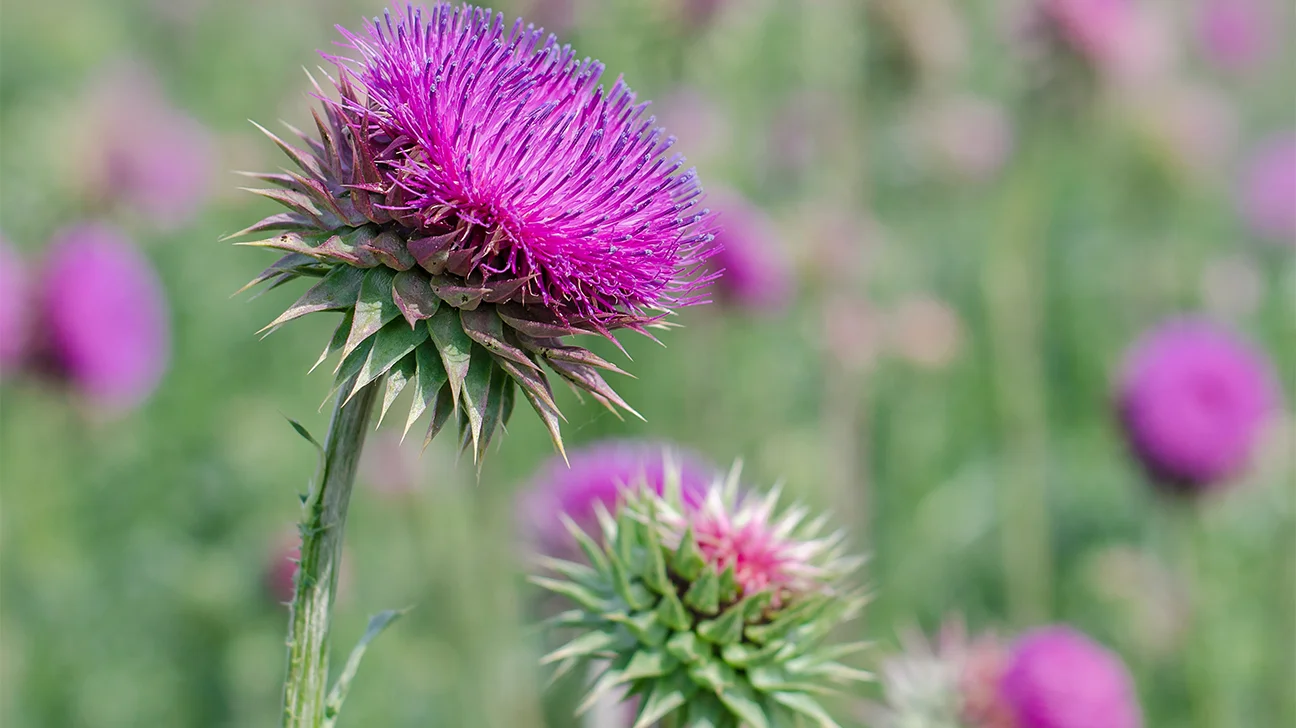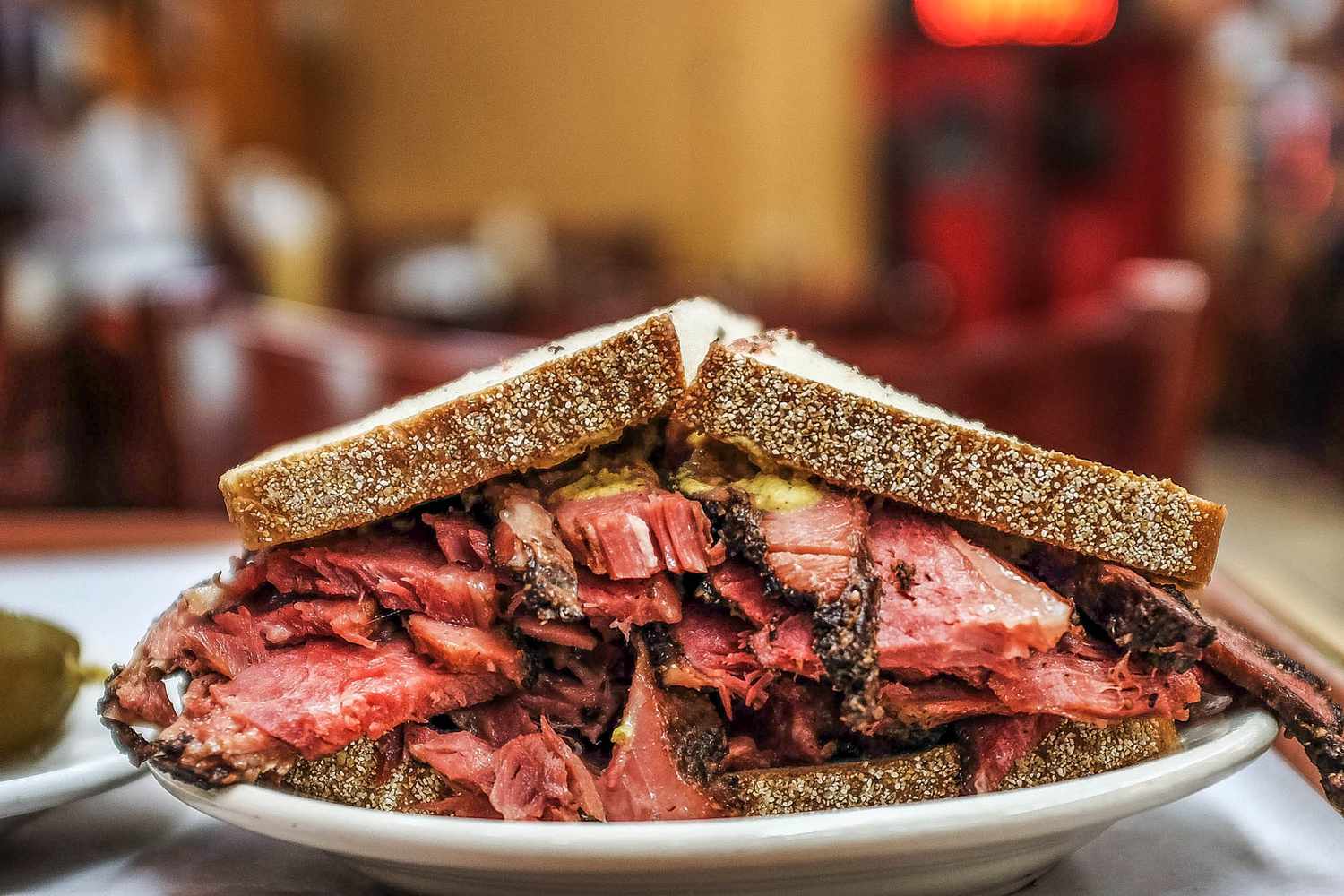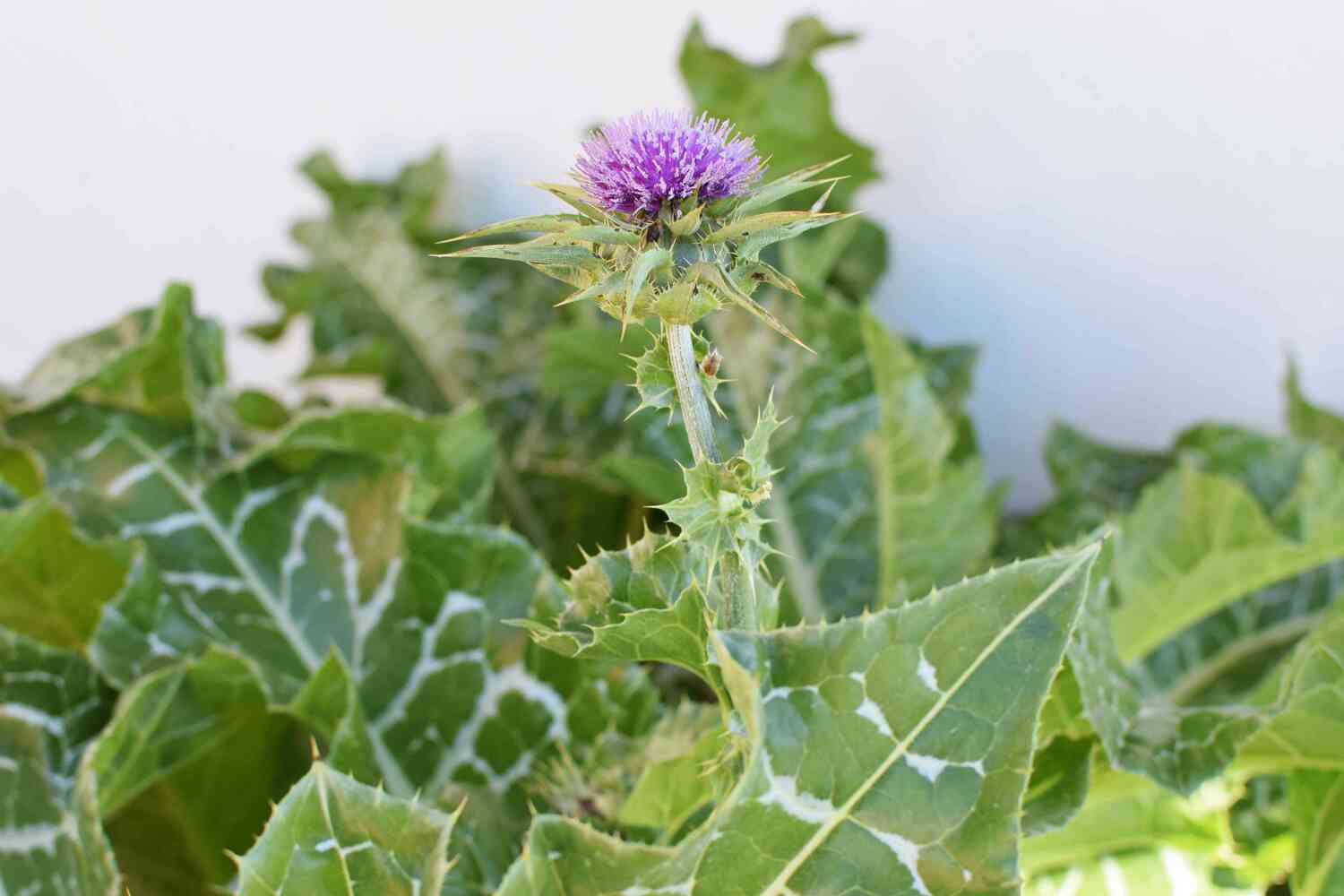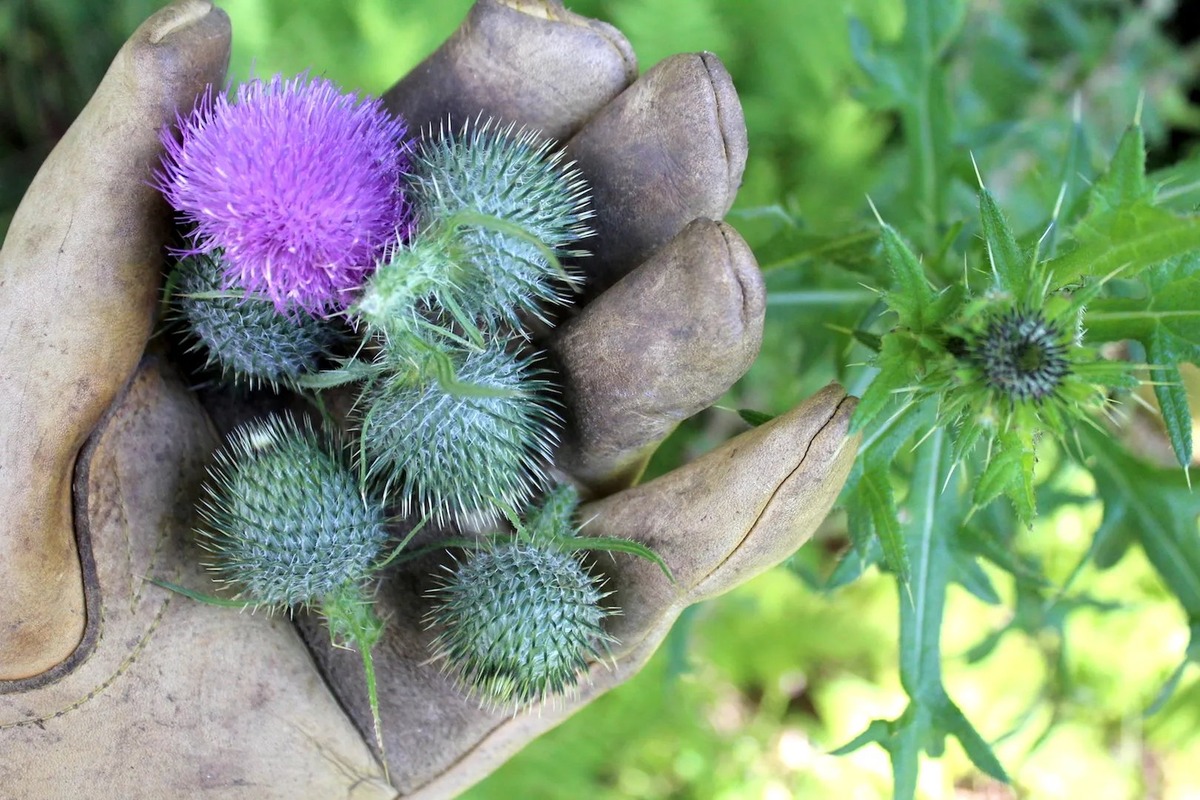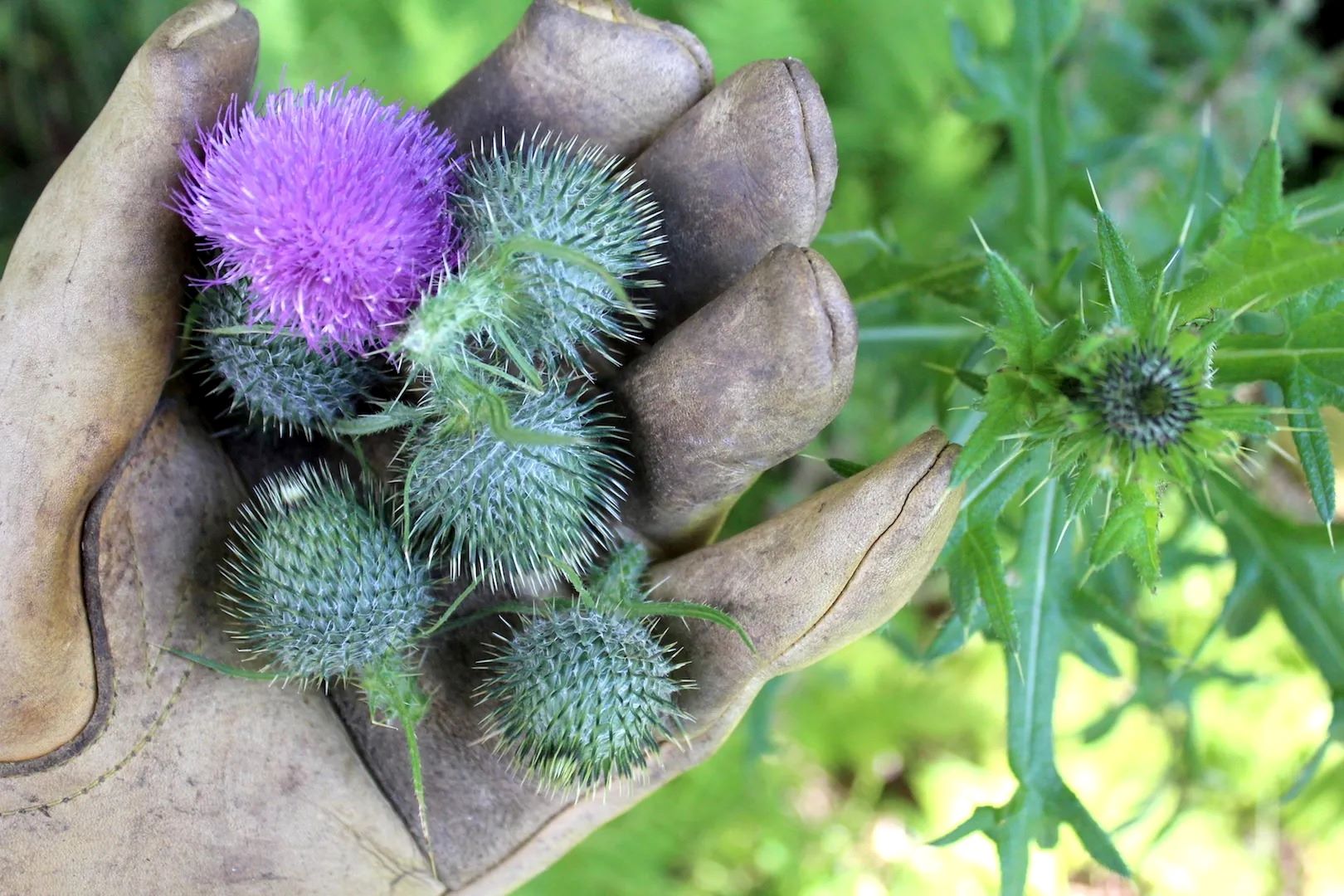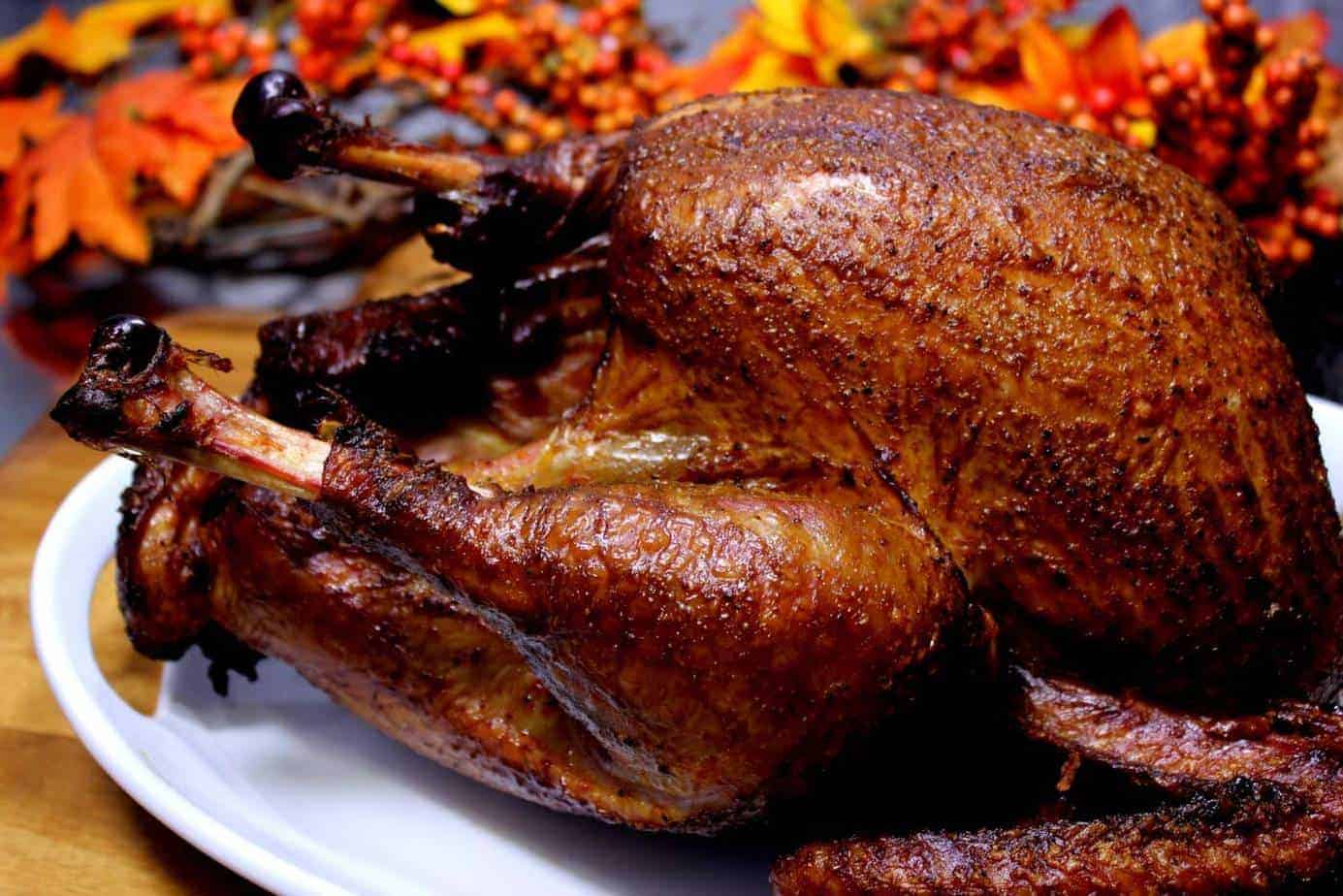Discovering the Delights of Rocky Mountain Bull Thistle
Rocky Mountain Bull Thistle, also known as Cirsium scopulorum, is a wild edible plant that can be found in the mountainous regions of North America. While it may be commonly regarded as a weed, this prickly plant actually offers a unique and nutritious culinary experience for those willing to explore its potential. In this article, we will delve into the art of foraging and preparing Rocky Mountain Bull Thistle for a delightful dining experience.
Foraging for Rocky Mountain Bull Thistle
Before embarking on a culinary adventure with Rocky Mountain Bull Thistle, it’s essential to understand how to properly forage for this wild plant. When foraging, it’s crucial to identify the plant accurately to avoid any potential risks. Rocky Mountain Bull Thistle can be identified by its tall, spiky stems and distinctive purple flowers. It’s important to forage in areas that are free from pesticides and other contaminants to ensure the safety and quality of the plant.
Preparing Rocky Mountain Bull Thistle
Once you have successfully foraged for Rocky Mountain Bull Thistle, it’s time to prepare it for consumption. The first step in preparing the plant is to remove the spines and thorns, which can be done by carefully peeling or trimming them away. It’s important to handle the plant with care to avoid any prickly encounters.
After removing the spines, the remaining parts of the plant can be utilized in various culinary applications. The young leaves and stems of Rocky Mountain Bull Thistle can be eaten raw in salads or cooked as a nutritious green vegetable. The roots of the plant can also be harvested and prepared as a starchy vegetable, offering a unique and earthy flavor profile.
Exploring Culinary Possibilities
Rocky Mountain Bull Thistle offers a range of culinary possibilities, from simple salads to more elaborate dishes. The young leaves can be used as a flavorful addition to salads, providing a slightly bitter and nutty taste. When cooked, the leaves and stems can be sautéed, steamed, or added to soups and stews, adding a delightful texture and flavor to the dish.
The roots of Rocky Mountain Bull Thistle can be boiled or roasted, offering a hearty and satisfying addition to meals. When roasted, the roots develop a rich, nutty flavor that pairs well with a variety of herbs and spices. Additionally, the roots can be mashed or pureed to create a unique and nutritious side dish.
Embracing the Nutritional Benefits
Aside from its culinary potential, Rocky Mountain Bull Thistle also offers a range of nutritional benefits. The plant is rich in vitamins, minerals, and antioxidants, making it a valuable addition to a well-rounded diet. The leaves and stems are particularly high in vitamin C and fiber, while the roots provide a good source of carbohydrates and essential nutrients.
By incorporating Rocky Mountain Bull Thistle into your diet, you can enjoy the nutritional benefits of this wild plant while adding a touch of adventure to your culinary repertoire.
Conclusion
Rocky Mountain Bull Thistle may not be a conventional ingredient in the modern kitchen, but its potential as a wild edible plant should not be overlooked. With proper foraging and preparation, this prickly plant can offer a unique and nutritious dining experience that celebrates the bounties of nature. Whether enjoyed in a simple salad or as a hearty side dish, Rocky Mountain Bull Thistle invites culinary enthusiasts to explore the untamed flavors of the wild.
So, the next time you find yourself in the mountainous regions of North America, keep an eye out for the distinctive purple flowers and spiky stems of Rocky Mountain Bull Thistle. With a sense of adventure and a willingness to embrace the wild, you can savor the delights of this unique wild edible plant.


